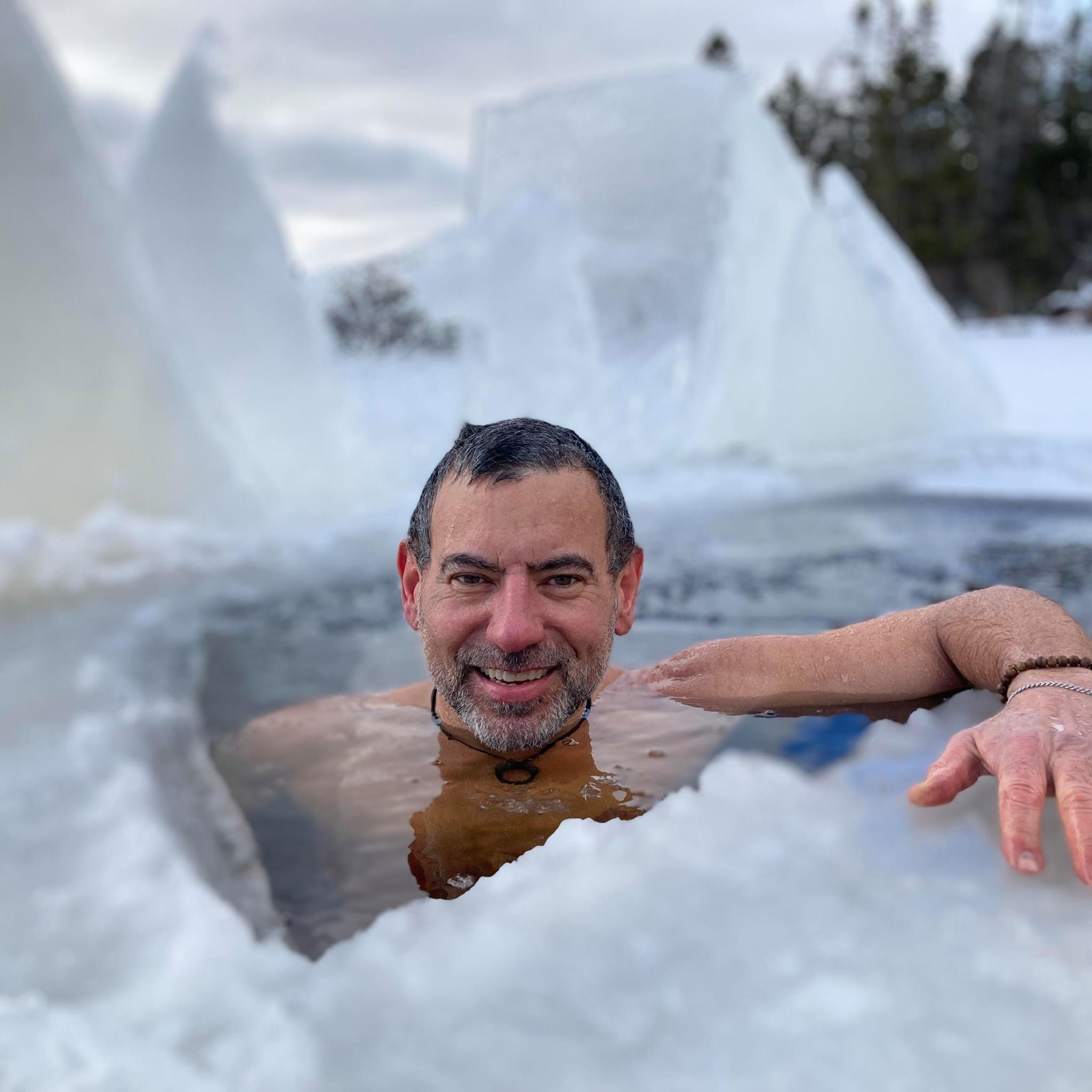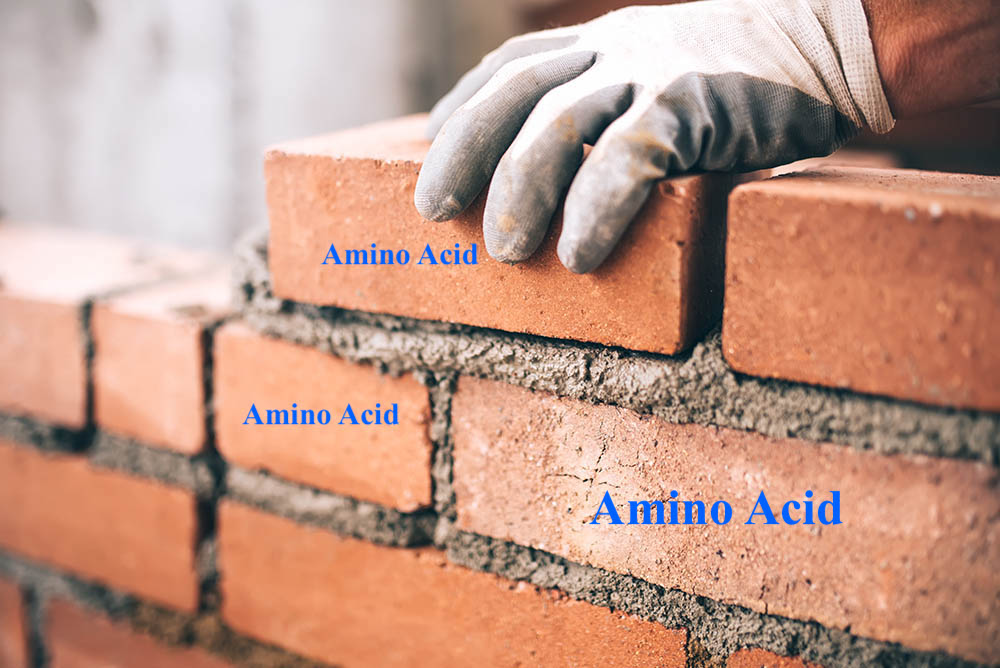
INTRODUCTION When you are suffering from an injury, it is quite common to experience muscle related soreness. Over 90% of our referrals are motor vehicle accident (MVA) related. Our clients almost always suffer from muscle tension driven and/or worsened by the MVA they experienced. Although it is absolutely critical to strengthen weak muscles and restore […]
Read More

